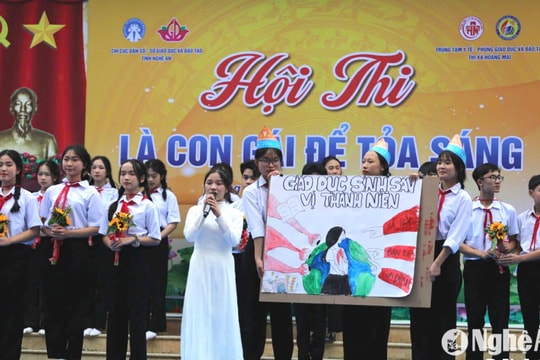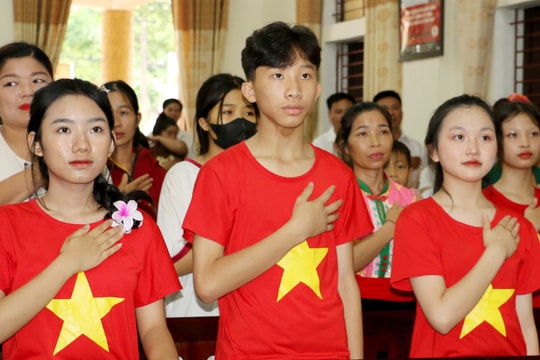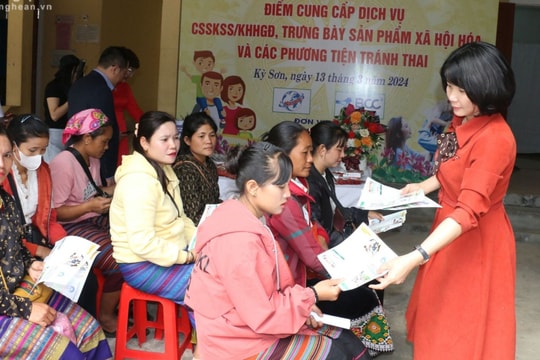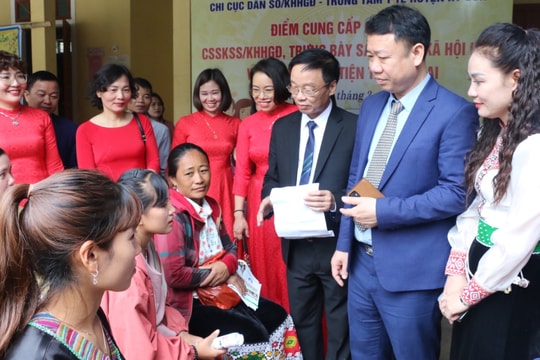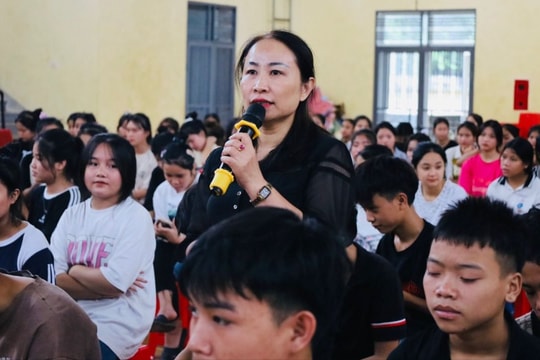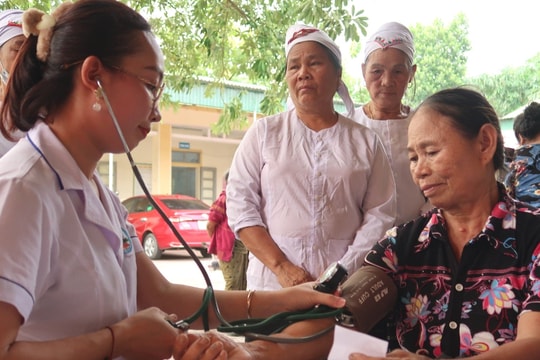Proposal to loosen the 'only have 2 children' rule: There is no such thing as having children freely
In the draft Population Law, the Ministry of Health presented two options to adjust the birth rate, in which option 1 allows couples to decide responsibly on the number of children. The Director of the Legal Department (Ministry of Health) said that many people are mistakenly thinking that couples will be able to have children freely.
According to Mr. Nguyen Huy Quang, Director of the Legal Department (Ministry of Health), with the content of option 1 as above, many people misunderstand that the population policy is relaxed, couples can have children freely. "But if you understand it like that, it is not correct," Mr. Quang affirmed.
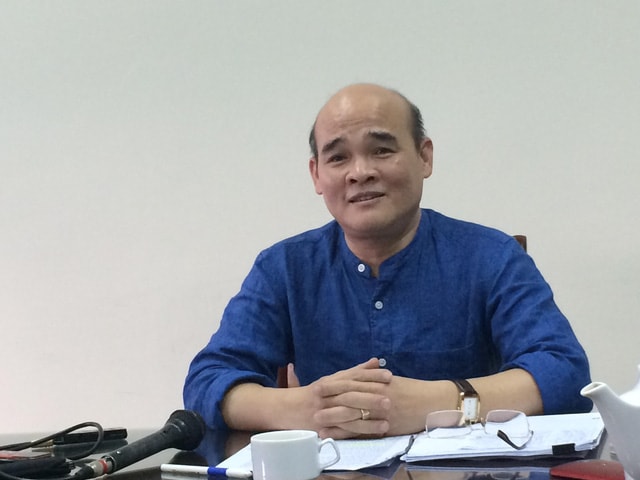 |
| Mr. Nguyen Huy Quang, Director of Legal Department (Ministry of Health). |
Mr. Quang said that in the draft to be submitted to the National Assembly in the near future, in two options (option 1 is that couples and individuals have the right to responsibly decide on the time of giving birth, birth spacing and number of children; Option 2: Continue the current regulations so that couples and individuals have the right and obligation to voluntarily, equally and responsibly decide on the time and spacing of giving birth. Giving birth to 1 or 2 children, except in special cases prescribed by the Government), the Ministry of Health supports the option of loosening the birth policy but does not mean that couples can give birth freely.
"When presenting the two options, the Ministry of Health calculated the advantages and disadvantages to show that option one has more advantages, but has not confirmed it yet," said Mr. Quang.
Accordingly, option 1 has 4 advantages including: ensuring human rights, including reproductive rights, but limiting the risk of population explosion and not having a legal basis to handle violations of having many children; In accordance with international conventions that Vietnam has signed; True to the nature of population work, considering it a large-scale movement for the whole population, having policies to encourage material and spiritual, ensuring human resources for development; In accordance with the actual situation when the birth rate is decreasing.
“Option 1 is very flexible. Although couples can decide on the number of children, the state encourages couples and individuals to have only 2 children. Moreover, each period, each locality has policies to maintain the replacement birth rate, not arbitrarily having 3-4 children, but needing to reduce births in provinces with high birth rates, encourage births in places with low birth rates to prolong the golden population period,” Mr. Quang analyzed.
Mr. Quang added that the replacement fertility rate in the period 1965-1969, the average number of children of women of childbearing age was 6.8 children, but by 2005, it was only 2.1 children and has remained stable until now.
As a result, the population growth will slow down but will reach 100 million by 2025 and continue to increase slowly to about 106-107 million by mid-century. However, Vietnam is still the 3rd most populous country in Southeast Asia, 8th in Asia and 14th in the world. The population density is 274 people/km2, more than 5 times higher than the world population density (53 people/km2).
Since 2006, Vietnam has entered the "golden" structural period, which is expected to last about 40 years, but has also entered the "population aging" period since 2012, when the proportion of people aged 60 and over reached 10% of the total population and will become a country with an "aged population" around 2032, when this proportion reaches the "threshold" of 20%.
Therefore, the previous Population - Family Planning policy only focused on the content of Family Planning with the goal of reducing births. Now, the new population policy has more content, that is, with a much wider scope, more flexible adjustments to increase population quality, maintain the longest golden population structure; deal with the risk of early population aging, gender imbalance... to take advantage of the golden population structure for socio-economic development./.
According to Dantri

